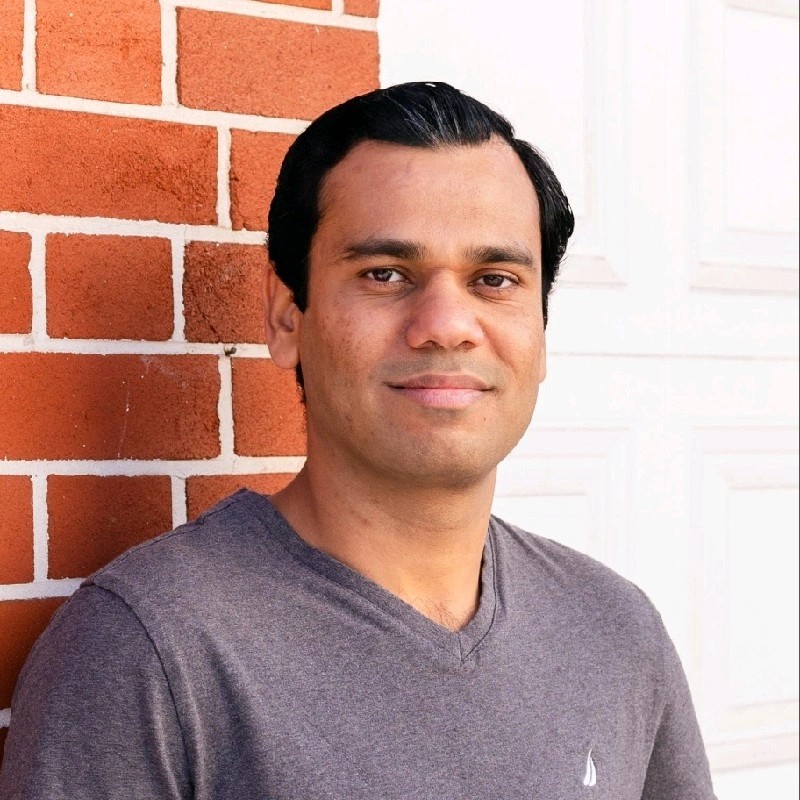Platform Engineering - WisdomAI: The engineering workflow has shifted (for the better)
This is a guest post for the Computer Weekly Developer Network written by Sharvanath Pathak in his capacity as co-founder & CTO of WisdomAI.
WisdomAI is a knowledge platform that connects into structured and unstructured datasets, enabling teams to search and analyse enterprise data to make internal knowledge bases searchable. The technology has particular relevance for platform engineering best practices and troubleshooting workflows.
Pathak writes in full as follows…
The boundaries are blurring. In the world of platform engineering, we’re witnessing a fundamental shift in how responsibilities are distributed between platform engineers and application developers. The traditional handoff model – where developers throw code over the wall with a deployment manual – is rapidly becoming obsolete. Thanks to AI-enabled development tools, platform engineers can finally focus on what they do best: ensuring production systems run smoothly and reliably. And that’s not just okay – it’s exactly where we should be heading.
The game changed when AI-powered IDEs like Cursor entered the scene. Suddenly, editing Terraform configurations and managing deployment stacks became accessible to engineers who previously wouldn’t touch infrastructure code with a ten-foot pole.
The workflow has shifted
What once required specialised knowledge of declarative deployment tools now feels as natural as writing application logic.
The old workflow looked something like this: a backend engineer develops a feature, tests it locally, then writes a detailed document explaining how to productionise it. They hand this off to platform engineers who translate requirements into Terraform configurations, set up monitoring and handle the deployment. Days or weeks later, the feature finally reaches users.
Now that same engineer develops the feature, tests it in a sandbox environment and makes all the necessary infrastructure changes themselves using AI assistance. The Terraform edits that once seemed cryptic, now flow naturally with intelligent code completion and context-aware suggestions. Platform engineers step in only at the final stage – as experienced gatekeepers ensuring safe rollouts to production.
The role of platform engineers is still crucial when it comes to defining the architecture for infrastructure and tools – they just get to focus on the interesting stuff instead of playing translator between developers and infrastructure.
The wisdom of popular tools
Many organisations miss that AI is only as good as the training data it has access to. When companies build custom platform engineering stacks – their own deployment tools, proprietary configuration languages, or bespoke monitoring solutions – they cut themselves off from AI’s potential.
It’s important to embrace popular, well-established tools precisely because AI systems are trained on them. HashiCorp’s Terraform, Kubernetes manifests, Docker configurations – these aren’t just industry standards, they’re the foundation that enables AI-assisted development. When your platform is built on these familiar primitives, every developer can leverage AI to become more productive.
A pattern we see repeatedly is organisations that invest heavily in custom tooling and then struggle to onboard new engineers, while teams using standard tools can get developers productive in days rather than months. AI amplifies this difference dramatically.
Debugging in the age of intelligence

Good news: the boundary between platform engineering and regular backend infrastructure engineering is increasingly blurring.
The transformation extends beyond initial development into ongoing maintenance and troubleshooting. The traditional debugging workflow – frantically searching Stack Overflow, reading through documentation and piecing together solutions from forum posts – feels increasingly antiquated.
Modern debugging often starts with pasting error logs into ChatGPT or your preferred coding agent. The AI analyses the issue, considers the context and provides actionable solutions immediately. What once required hours of research and experimentation now takes minutes. AI works best when it has access to your organisation’s specific context, patterns and solutions. This is where platforms like WisdomAI become invaluable. When your troubleshooting guides, best practices and institutional knowledge are properly documented and searchable, AI can draw from both global knowledge and your company’s specific expertise.
A developer facing a production issue can now ask “based on our platform engineering best practices, how should I handle this Redis connection timeout?”
The system searches through your internal documentation, combines it with general knowledge and provides answers that are both technically sound and aligned with your organisational standards.
Developers become infrastructure-aware
The boundary between platform engineering and regular backend infrastructure engineering is increasingly blurring – and that’s exactly what should happen. Developers are becoming more infrastructure-aware without drowning in operational complexity. Platform engineers are focusing on the high-value work of production reliability, security and performance optimisation.
This doesn’t diminish the importance of platform engineering; it clarifies its true value proposition. Instead of being bottlenecks in the development process, platform engineers become enablers and safety nets. They design the guardrails that allow developers to move fast without breaking things.
They ensure that the self-service capabilities developers enjoy don’t compromise security, compliance, or reliability.
Platform engineering works best when it gets out of everyone’s way. The goal is to let developers ship great software while keeping production systems rock-solid.
When that balance clicks, everyone wins.



